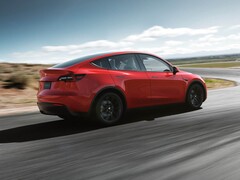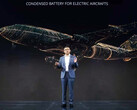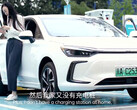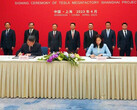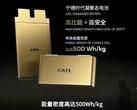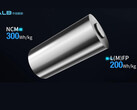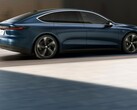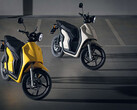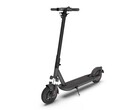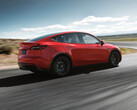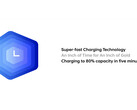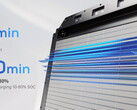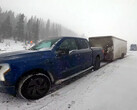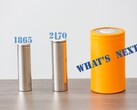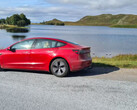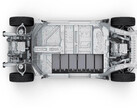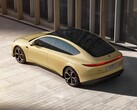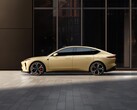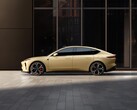The founder and chairman of the world's largest electric vehicle battery maker CATL revealed that one in three "new energy" vehicles worldwide is powered by the company's batteries. During a speech at the 2022 World New Energy Vehicle Congress, Robin Zeng detailed that CATL's power packs are shipped to 56 countries and regions globally, and they are now present in more than 5 million vehicles.
The achievement underscores CATL's strategy to perfect existing battery-making technologies in order to make the cells cheaper and achieve economies of scale via mass production. When approached by its major client NIO to jointly develop and produce the 150 kWh semi-solid state battery pack that the ET5 and ET7 sedans will use to hit their promised 600+ mile range, for instance, CATL reportedly balked at the proposal.
At the time, such a battery has never been done before on a mass scale, and CATL felt it will have to invest too much in R&D as well as new production tools and chemistries for the project to be as commercially viable as its other contracts. It, for example, supplies the lion's share of LFP battery packs for Tesla's standard range electric vehicles that now account for more than half of its sales. NIO then approached a smaller, nimbler competitor called WeLion which pulled off the "semi-solid state" 150 kWh battery pack development that will propel the ET5 for a 1000km (~626 mile) all-weather range on a charge when it starts mass production in September.
CATL, however, realized that it may have missed an opportunity and is reportedly now developing a "high-nickel" battery for NIO's performance sedans that also has solid-state components. Other new battery technologies that CATL pulled off or is exploring are the cell-to-pack Kirin module, longer-life LFP chemistries, and a brand new condensed matter battery that is slated for 2023 release, but its exact specs remain a mystery. It used the cell-to-pack method to house a battery that offers 13% higher capacity than Tesla's 4680 cells of the same size and chemistry, while its M3P phosphate invention for the Model Y offers 15% higher energy density than the LFP cells that Tesla currently uses.
The condensed matter battery will apparently be an innovation in battery chemistry, rather than just packaging like the cell-to-pack Kirin battery that integrates the cells directly into the EV's chassis and offers record volume utilization ratio. It remains to be heard what exactly this condensed matter cells would offer, but the hint may be in the name which means that higher energy densities in the same footprint may be in store.
Given CATL's success in altering the chemistry of iron phosphate batteries to use an amalgam of other metals in its M3P packs for standard-range electric cars, the condensed matter packs could offer a similar 15-20% capacity increase, but they may be destined for the premium performance and/or long-range EV models market. According to CATL's chief scientist, the "condensed" battery cells will offer "high safety, reliability, and good cycle life" to boot.


